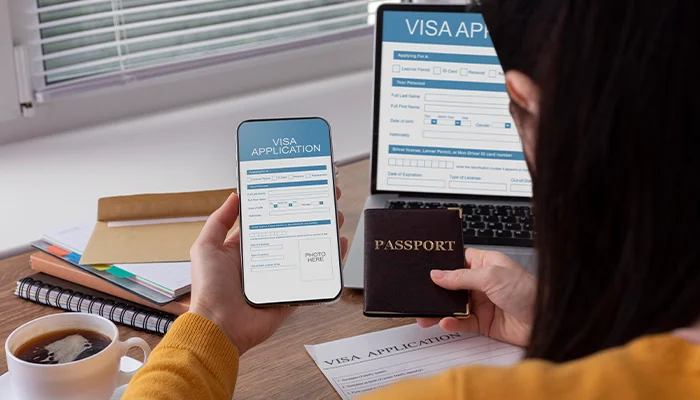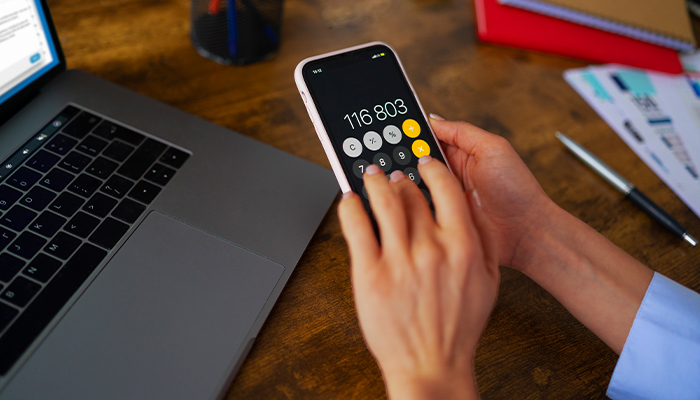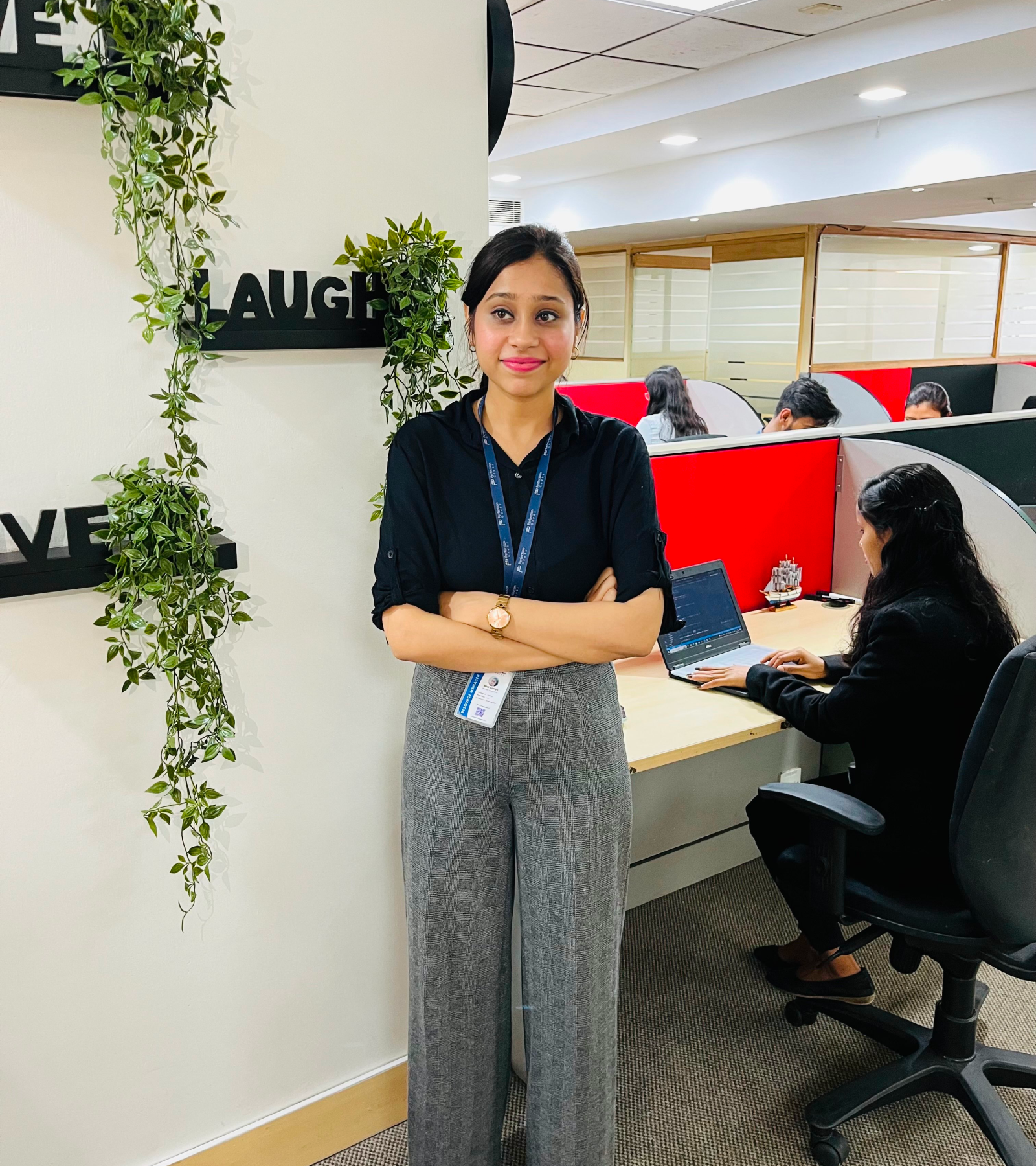How Much Does It Cost to Develop an App Like MyRide?

JUN, 28, 2024 16:55 PM
How Much Does It Cost to Develop an App Like MyRide?
Developing a ride-sharing app like MyRide requires careful planning, robust technology, and a significant investment. The cost of creating such an app depends on numerous factors, including features, platform choice, development team, and more. This comprehensive guide will walk you through the key aspects of ride-sharing app development and provide a detailed cost breakdown to help you budget effectively.
Introduction to Ride-Sharing Apps
What is a ride-sharing app?
A ride-sharing app is a mobile application that connects passengers with drivers for hire. Users can book rides, track drivers in real-time, and pay for rides through the app. Popular ride-sharing apps include Uber, Lyft, and MyRide, which offer convenience, affordability, and an alternative to traditional taxi services.
Benefits of a Ride-Sharing App
- Convenience: Users can book rides anytime, anywhere.
- Cost-effective: often cheaper than traditional taxis.
- Safety Features: real-time tracking and driver verification.
- User-Friendly: simple booking process and various payment options.
- Economic Opportunities: Provides drivers with a flexible income source.
Key Features of a Ride-Sharing App Like MyRide
To develop a successful ride-sharing app like MYRide, it's essential to include the following key features:
User App Features
- Registration and Login: Secure registration and login via email, phone, or social media.
- Ride Booking: Users can book a ride by entering their pickup and drop-off locations.
- Real-Time Tracking: Track the drivers location in real-time.
- Fare Calculation: Calculate the fare based on distance and time.
- Payment Options: Multiple payment methods are available, including credit and debit cards, digital wallets, and cash.
- Ride History: View past rides and transactions.
- Ratings and Reviews: Rate and review drivers and rides.
- Push Notifications: Alerts for ride status, promotions, and updates.
Driver App Features
- Registration and Login: Secure your registration and login.
- Ride Requests: Accept or decline ride requests.
- Navigation: in-app navigation to pick-up and drop-off locations.
- Earnings Tracking: Track daily and weekly earnings.
- Ride History: View past rides and transactions.
- Availability Toggle: Set availability status (online or offline).
- Push Notifications: Alerts for ride requests and updates.
- Ratings and Reviews: View ratings and feedback from passengers.
Admin Panel Features
- Dashboard: Overview of app performance and metrics.
- User Management: Manage user accounts and information.
- Driver Management: Manage driver accounts and information.
- Ride Management: Monitor and manage rides.
- Earnings Management: Track earnings and payments.
- Analytics and Reports: Detailed analytics and reporting.
- Promotions and Discounts: Manage promotional campaigns.
- Customer Support: Manage customer support and queries.
Cost Factors in Developing a Ride-Sharing App

Platform Selection
- iOS, Android, or Both?: Developing for a single platform (iOS or Android) is cheaper than developing for both. Cross-platform development can save costs but may compromise performance and the user experience.
- Web App: Consider developing a web version to cater to users who prefer accessing the service through their browsers.
Design and user experience
- UI/UX Design: Investing in a high-quality design is crucial for user engagement and retention. This includes wireframing, prototyping, and final design.
- Responsive Design: Ensure the app works seamlessly on various devices and screen sizes.
Development
- Frontend Development: Building the user interface and integrating it with the backend.
- Backend Development: Server-side logic, APIs, and database management.
- Third-Party Integrations: Payment gateways, mapping services, and other third-party services.
- Security Implementation: Encryption, authentication, and fraud detection.
Testing and quality assurance
- Functional Testing: Ensure all features work as intended.
- Performance Testing: Test the app’s performance under different conditions.
- Security Testing: Identify and fix security vulnerabilities.
- Usability Testing: Ensure the app is user-friendly and intuitive.
Deployment and maintenance
- App Store Submission: Prepare the app for submission to the app stores (Apple App Store and Google Play Store).
- Ongoing Maintenance: Regular updates, bug fixes, and feature enhancements.
- Server Maintenance: Ensure the backend infrastructure is maintained and scalable.
Team composition and rates
The cost also depends on the development team's composition and their rates. A typical team includes:
- Project Manager: Oversees the project and coordinates between the client and development team.
- UI/UX Designer: Responsible for the app’s design and user experience.
- Frontend Developers: Build the app’s user interface.
- Backend Developers: Handle server-side logic and database management.
- QA Testers: Ensure the app is bug-free and performs well.
- DevOps Engineer: Manages server infrastructure and deployment.
Rates can vary based on the teams location, expertise, and experience. Developers in North America and Europe typically charge higher rates compared to those in Asia or Eastern Europe.
Detailed Cost Breakdown for Each Development Phase
Phase 1: Planning and Research
Before diving into the actual development, thorough planning and research are crucial. This phase involves understanding the target audience, conducting market analysis, defining the apps features and functionality, and creating a project roadmap.
- Market Research and Analysis: $2,000–$5,000
- Requirement Gathering: $1,000-$3,000
- Project Planning and Road mapping: $1,000–$3,000
Phase 2: UI/UX Design
Creating a user-friendly and visually appealing design is essential for user engagement. The design phase includes wireframing, prototyping, and final design.
- Wireframing and prototyping: $2,000–$5,000
- UI Design: $5,000-$10,000
- UX Design: $5,000-$10,000
- Design Revisions and Finalization: $2,000-$5,000
Phase 3: Frontend Development
Frontend development focuses on building the user interface and ensuring it is responsive and intuitive. This phase includes developing screens for user registration, ride booking, real-time tracking, payment, ride history, and more.
- User Registration and Login Screens: $2,000–$5,000
- Ride Booking Screen: $3,000-$7,000
- Real-Time Tracking Screen: $3,000-$7,000
- Fare Calculation and Payment Screen: $2,000–$5,000
- Ride History Screen: $2,000-$4,000
- Ratings and Reviews Screen: $1,000-$3,000
- Push Notifications: $2,000-$4,000
Phase 4: Backend Development
Backend development involves server-side programming, database management, API development, and integrating third-party services like payment gateways and mapping services.
- Server Setup and Configuration: $3,000–$5,000
- Database Design and Management: $3,000–$7,000
- API Development: $5,000-$10,000
- Payment Gateway Integration: $3,000-$7,000
- Mapping Service Integration: $2,000-$5,000
- Security Implementation: $3,000–$7,000
Phase 5: Testing and Quality Assurance
Thorough testing ensures the app is free of bugs and performs well under various conditions. This phase includes functional testing, performance testing, security testing, and usability testing.
- Functional Testing: $3,000-$7,000
- Performance Testing: $2,000–$5,000
- Security Testing: $2,000–$5,000
- Usability Testing: $2,000–$5,000
Phase 6: Deployment and Maintenance
Deploying the app involves preparing it for submission to app stores and ensuring it runs smoothly post-launch. Ongoing maintenance includes regular updates, bug fixes, and feature enhancements.
- App Store Submission (iOS and Android): $1,000-$3,000
- Server maintenance: $2,000–$5,000 per year
- Regular Updates and Bug Fixes: $5,000–$10,000 per year
- Feature Enhancements: $5,000–$10,000 per year
Additional Costs to Consider
Marketing and Promotion
To ensure your app reaches a broad audience, investing in marketing and promotion is crucial. This includes digital marketing, social media campaigns, influencer partnerships, and more.
- Initial Marketing Campaign: $5,000-$10,000
- Ongoing Marketing Efforts: $2,000-$5,000 per month
Legal and Compliance
Ensuring your app complies with local regulations and industry standards is essential. This includes drafting terms and conditions, privacy policies, and securing necessary licenses.
- Legal Consultation and Documentation: $2,000–$5,000
- Compliance and Licensing: $1,000-$3,000
Customer Support
Providing excellent customer support enhances user satisfaction and retention. This includes setting up support channels, hiring support staff, and implementing a ticketing system.
- Initial Setup of Support Channels: $2,000–$5,000
- Ongoing Customer Support: $2,000–$5,000 per month
Total Estimated Cost
Based on the detailed breakdown, the total cost for developing a ride-sharing app like MYRide can range from $200,000 to $400,000. These figures can vary based on specific requirements, development team rates, and the complexity of features.
Future Trends in Ride-Sharing Apps
Autonomous Vehicles
The integration of autonomous vehicles into ride-sharing services is a promising trend. Companies like Uber and Tesla are already investing heavily in self-driving technology. While the initial costs are high, autonomous vehicles can significantly reduce operational costs and improve safety.
Electric Vehicles (EVs)
With the growing emphasis on sustainability, integrating electric vehicles into your ride-sharing fleet can attract environmentally conscious users and reduce operational costs. EVs have lower maintenance and fuel costs compared to traditional gasoline-powered vehicles.
Advanced AI and machine learning
AI and machine learning can enhance various aspects of ride-sharing apps, from route optimization and demand prediction to personalized user experiences and fraud detection. Investing in advanced AI technologies can improve efficiency and user satisfaction.
Blockchain for security
Blockchain technology can enhance security and transparency in ride-sharing apps. It can be used for secure payment processing, identity verification, and maintaining transparent transaction records.
Integration with Public Transportation
Integrating ride-sharing services with public transportation can offer users a seamless and comprehensive transportation solution. This can include partnerships with local transit authorities and providing multi-modal transportation options within the app.
Conclusion
Developing a ride-sharing app like MYRide involves a significant investment in planning, design, development, testing, deployment, and maintenance. Understanding the key cost factors and future trends can help you budget effectively and build a successful app.
While the initial costs may seem high, the potential for revenue and growth in the ride-sharing market is substantial. By focusing on providing a seamless user experience, robust security, and innovative features, you can create a ride-sharing app that stands out in the competitive market.
If you're considering developing a ride-sharing app and need professional assistance, PerfectionGeeks Technologies offers comprehensive app development services tailored to your needs. Our experienced team can guide you through every step of the process, ensuring a high-quality and cost-effective solution. Contact us today to discuss your project and get started on building your next successful app.
FAQs: How Much Does It Cost to Develop an App Like MyRide?
1. What factors influence the cost of developing a ride-sharing app?
Several factors influence the cost, including platform selection (iOS, Android, or both), design complexity, features and functionality, backend development, third-party integrations, testing and QA, and ongoing maintenance.
2. Can I build a ride-sharing app for both iOS and Android within a budget?
Yes, you can opt for cross-platform development using frameworks like React Native or Flutter to build an app for both iOS and Android within a more constrained budget. However, it’s essential to consider potential trade-offs in performance and user experience.
3. How important is security in a ride-sharing app?
Security is paramount in a ride-sharing app due to the sensitive personal and financial information involved. Implementing advanced security measures like encryption, two-factor authentication, and fraud detection is crucial to protecting user data and maintaining trust.
4. What are the ongoing maintenance costs for a ride-sharing app?
Ongoing maintenance costs typically range from 15-20% of the total development cost per year. This includes regular updates, bug fixes, feature enhancements, and server maintenance to ensure the app runs smoothly and securely.
5. How can I ensure My ride-sharing app stands out in the market?
To stand out, focus on providing a seamless user experience with an intuitive design, multiple payment options, robust security features, and excellent customer support. Offering unique features like ride-sharing options, subscription plans, and integration with other services can also enhance user engagement and loyalty.




Strategy
Design
Blockchain Solution
Development
Contact US!
India 
Plot 378-379, Udyog Vihar Phase 4 Rd, near nokia building, Electronic City, Sector 19, Gurugram, Haryana 122015
USA 
1968 S. Coast Hwy, Laguna Beach, CA 92651, United States
Copyright © 2025 PerfectionGeeks Technologies | All Rights Reserved | Policy


